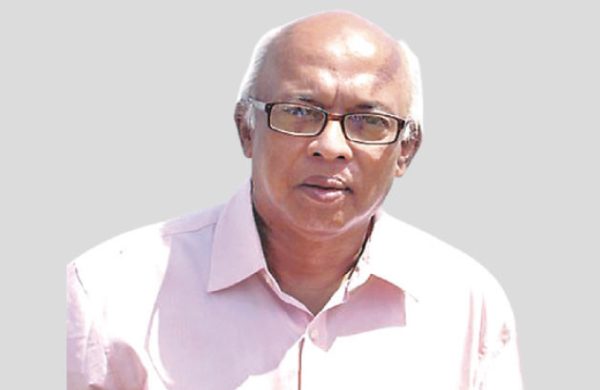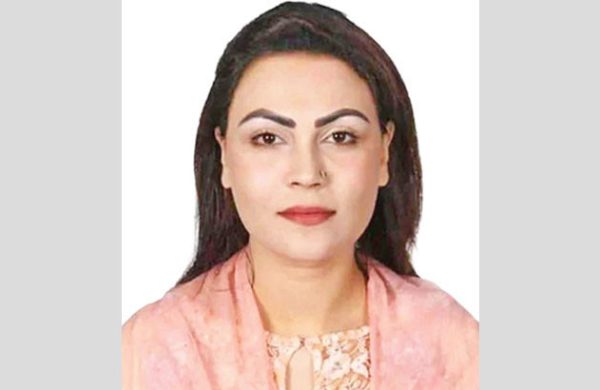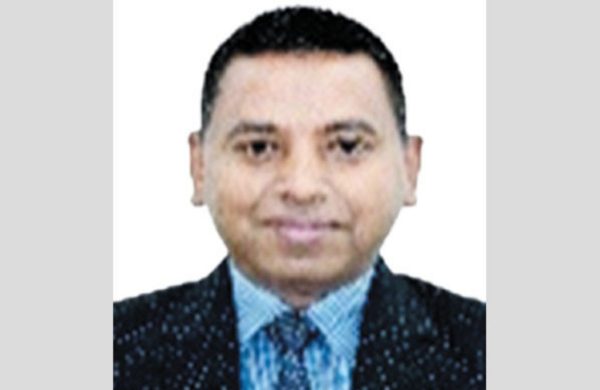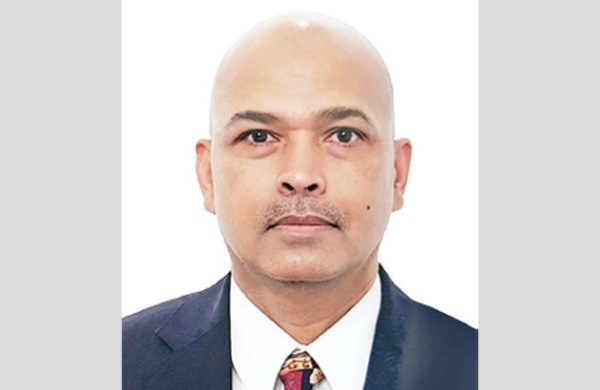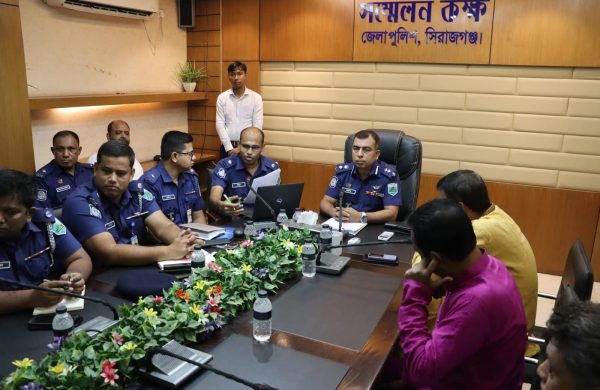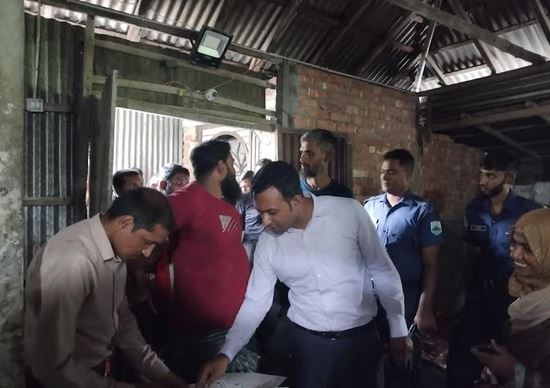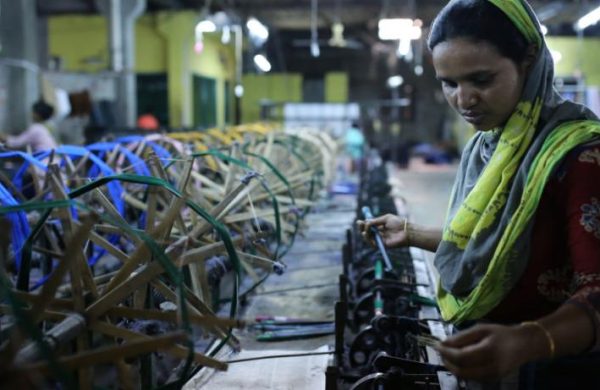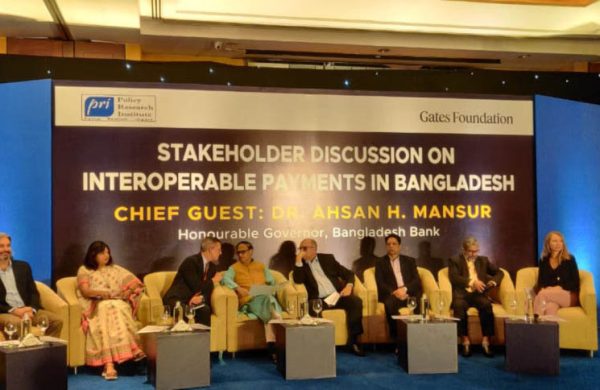Impact of bureaucratic inefficiency on the economy
- Update Time : Sunday, February 23, 2025

—Ahmed Ashfaque Shahbaz—
The bureaucratic system in Bangladesh is plagued with excessive red tape, which manifests through ineffective procedures and corruption, resulting in overspending on civil service that ultimately limits economic performance. Overlapping regulations and insufficient coordination between government bodies exacerbate the extended timelines required to complete business registrations and obtain land acquisition permits. Manual systems together with hierarchical decision-making and rent-seeking behaviour within bureaucracies simultaneously drive up administrative costs and create delays in making essential decisions. These barriers create obstacles for both domestic and foreign investment while constraining entrepreneurial activities and pushing the working population into the informal economy, which diminishes the tax base and reduces government revenue.
This inefficiency leads to extensive economic consequences. The combination of elevated public expenditure for civil service functions with inadequate accountability measures and inconsistent policy enforcement results in decreased productivity within public services. Businesses face higher expenses because of bureaucratic delays and bribery that degrade their competitive edge and deter investment activities. Infrastructure and export sectors suffer from negative impacts caused by delays in land acquisition and customs clearance procedures. Implementing efficient bureaucratic processes, together with e-government solutions and enhanced transparency, will enable vital reforms to reduce unnecessary spending while unlocking economic growth potential. Tackling administrative inefficiencies will cut government spending while enhancing service delivery and boosting economic growth through improved investment conditions and entrepreneurship opportunities.
Bangladesh’s government spending, which stands at 13.02 percent of GDP, far outweighs its revenue collection of only 8.9 percent of GDP, creating a significant fiscal gap. In contrast, Vietnam’s government revenue and expenditure are almost balanced at 19.03 percent and 18.77 percent of GDP, respectively. Despite having a similar GDP—$481 billion for Bangladesh and $506 billion for Vietnam—Bangladesh struggles to generate sufficient revenue due to its overreliance on a low-skilled, informal workforce, with 84 percent of workers in the informal sector. Meanwhile, Vietnam has prioritised human development. This structural difference explains Vietnam’s higher revenue and more effective government spending, even after enduring wars (1955-1975 and 1979) that left its economy in disarray decades ago.
The government overspends on ministries and administration in a system burdened by red tape, corruption, and inefficiency. The inefficiencies in Bangladesh’s bureaucracy aggravate this fiscal disparity. Instead of addressing critical gaps in workforce training (vocational training) and healthcare to improve human development, Bangladesh diverts resources to sustain an oversized bureaucracy. For example, while Bangladesh’s government expenditure is relatively lower as a percentage of GDP than Vietnam’s (13.02 percent vs. 18.77 percent), it fails to deliver corresponding results. Vietnam’s efficient governance enables it to focus spending on areas like skill development and technology integration, yielding higher worker productivity and export revenues. For instance, Vietnam’s garment sector, with only 2.5 million workers, is projected to export $48 billion in 2025, compared to Bangladesh’s $42.83 billion export earnings in 2023 with 4 million workers—a clear indication of Bangladesh’s productivity gap.
Bangladesh’s inability to upskill its workforce has dire consequences. A majority of its labour force is confined to low-paying jobs in agriculture, trade, and unregulated sectors like rickshaw-pulling, while Vietnam has created opportunities in semi-skilled and skilled industries, such as machine operation, legal assistance, and customer service. This structural shift in Vietnam has increased its tax base and allowed the government to invest in further human capital development. In contrast, Bangladesh’s failure to prioritise workforce training perpetuates a cycle of low productivity, limited revenue, and inefficient spending. The Human Development Index (HDI) disparity between the two countries highlights this gap, with Vietnam consistently outperforming Bangladesh in key indicators.
To address this, Bangladesh must rethink its spending priorities. It is unsustainable for the government to continue funding a sprawling bureaucracy and luxurious administrative expenditures when revenue collection is so weak. By reducing ministries, streamlining governance, and cutting unnecessary expenses, resources can be redirected towards skill development, education, and infrastructure. Investing in human capital would help transition the workforce from informal, low-skilled jobs to more productive sectors, expanding the tax base and reducing dependency on external borrowing. Vietnam’s success shows that a country with a similar history of colonialism, war and a comparable workforce can achieve remarkable economic transformation by focusing on human development and efficient governance. Bangladesh has no excuse for falling behind. Instead, it must take bold steps to reform its bureaucracy, reduce red tape, and prioritise its people over unsustainable government spending.
Bangladesh can follow Sri Lanka’s lead in introducing bold reforms to reduce government spending by cutting down on unnecessary luxuries and inefficient practices in the public sector, including streamlining ministries. Sri Lanka’s President Anura Kumara Dissanayake has set an example by capping the size of ministerial staff, limiting official vehicle usage to two per minister, and ensuring that appointments prioritise existing state service employees. These measures reflect a broader commitment to fiscal responsibility, ensuring tax money is utilised effectively. Bangladesh’s government could adopt similar guidelines to reduce overspending. For instance, restricting the perks of ministers, such as luxury vehicles and unnecessary large entourages, would send a strong signal of accountability and free up resources for critical investments in skill development, and infrastructure.
Bangladesh should also consider implementing policies that ensure transparency and efficiency in government expenditures, similar to Sri Lanka’s regulations on vehicle procurement and fuel allocations. Reducing ministries and consolidating overlapping functions would streamline governance and cut administrative costs. Sri Lanka’s decision to curtail duty-free imports of luxury vehicles for parliamentarians sets a precedent Bangladesh could replicate, ensuring that public funds are not wasted on privileges that primarily benefit officials rather than the public. With a tax-to-GDP ratio of just 8.9 percent, Bangladesh cannot afford to continue overspending on its civil service while neglecting investments that could upskill its workforce and strengthen its economy. By following Sri Lanka’s cost-cutting reforms, Bangladesh could create a leaner, more efficient government that redirects resources towards its citizens’ long-term development and prosperity.
—————————————————-
Ahmed Ashfaque Shahbaz is a PhD candidate focusing on political economy at the University of Exeter in the UK.


